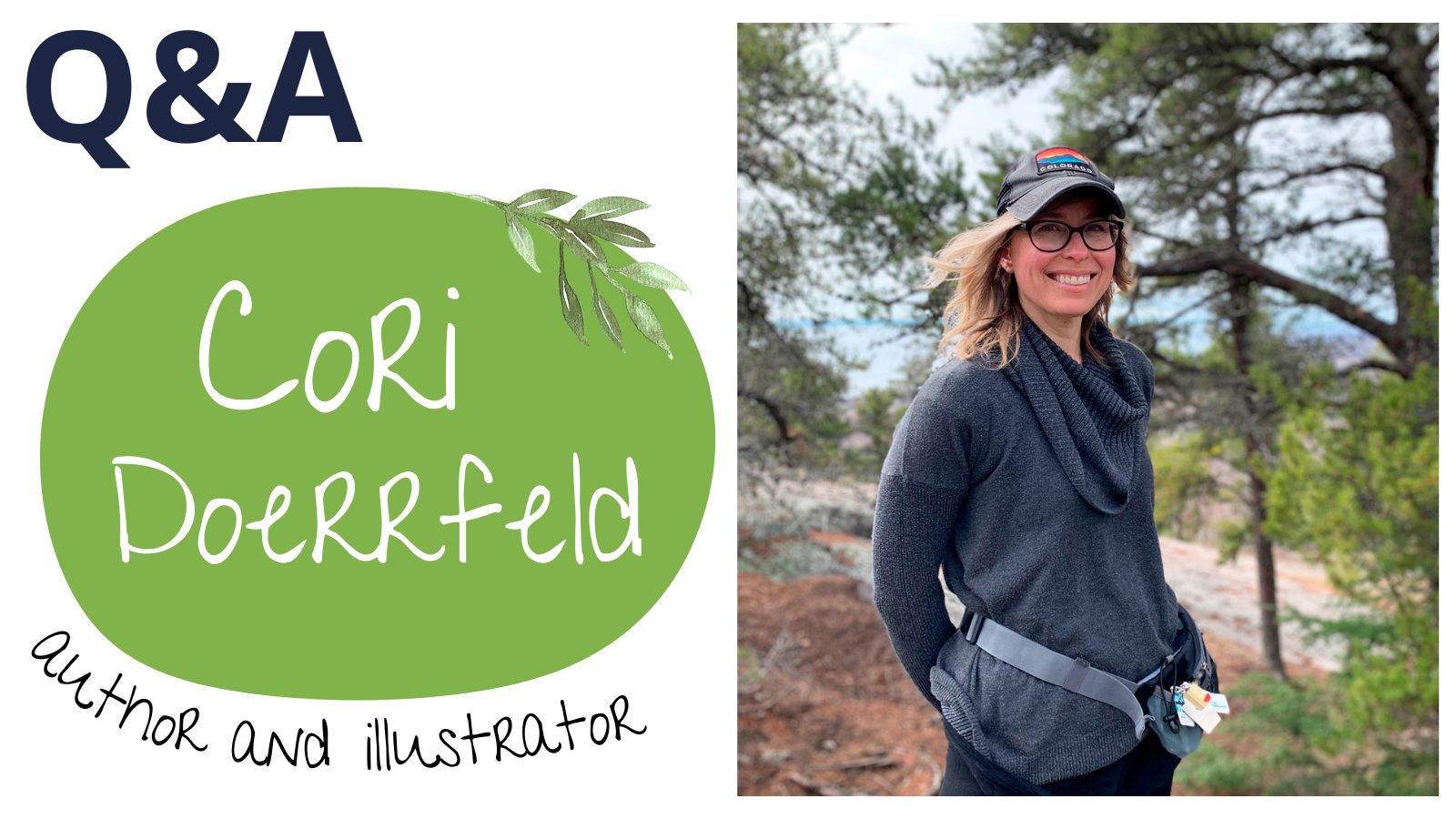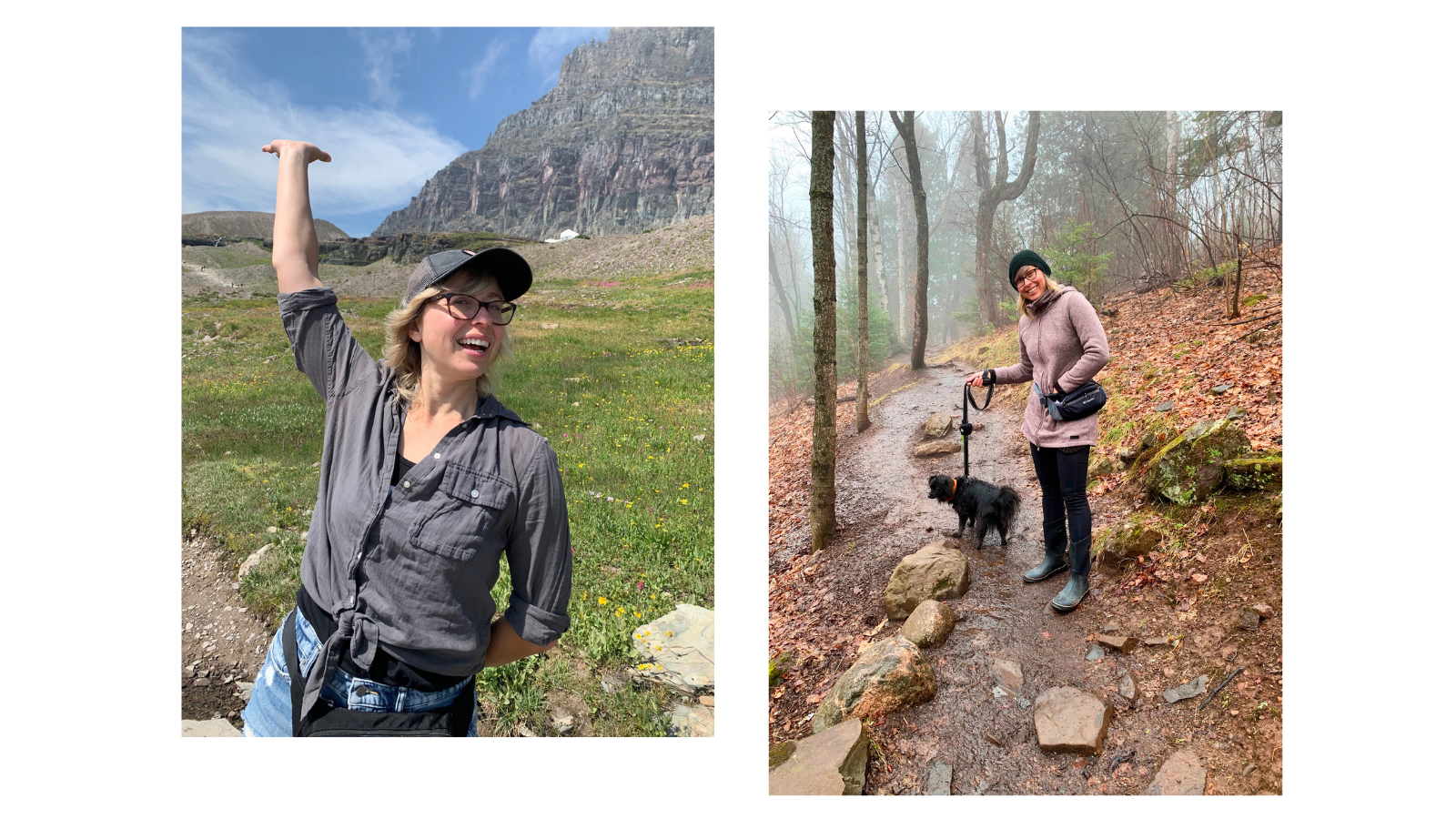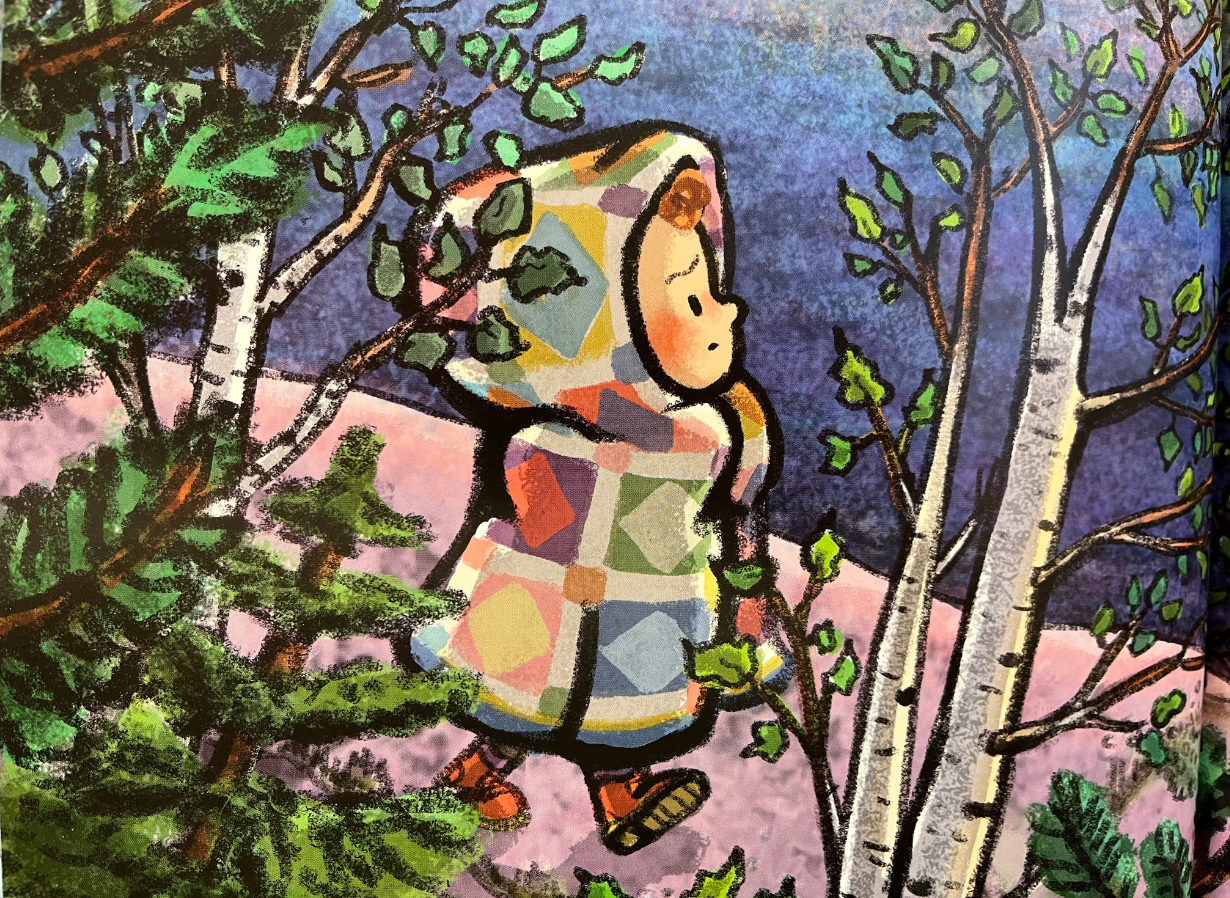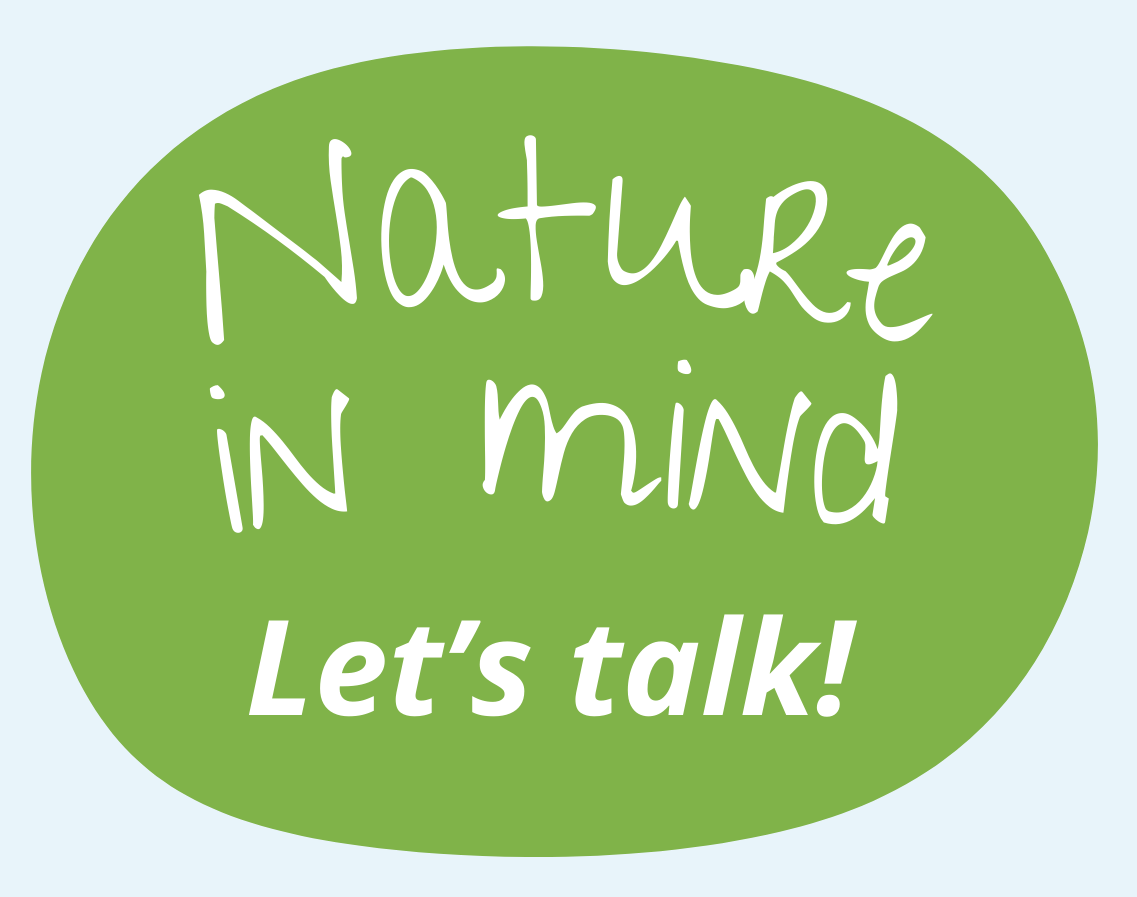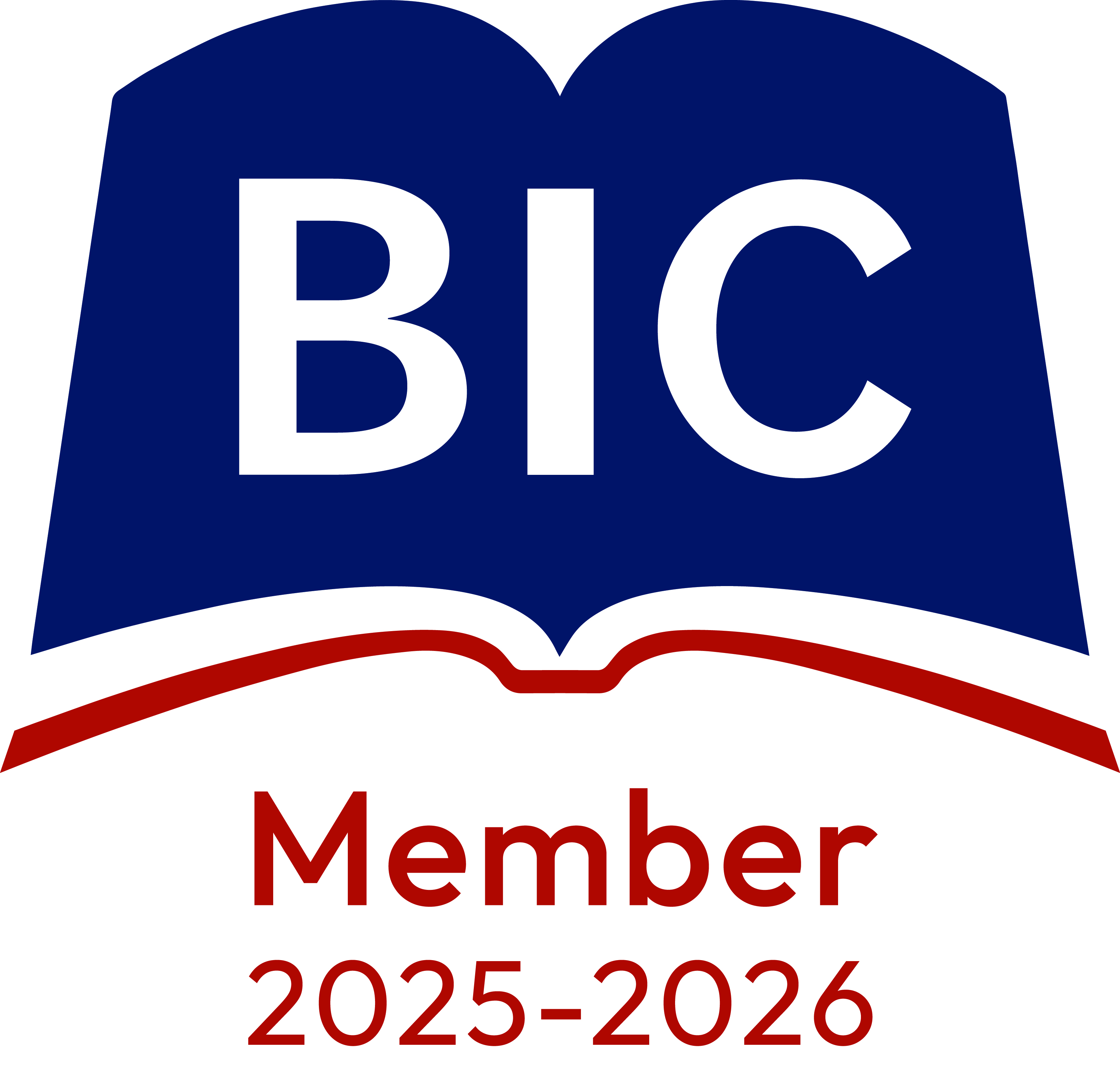For help, advice and telephone ordering call our team on 0121 666 6646
Are you sure you wish to delete this basket?()
This action cannot be undone.
Sorry, something went wrong
Please report the problem here.
Nature in mind: hidden emotions and grief with author and illustrator Cori Doerrfeld
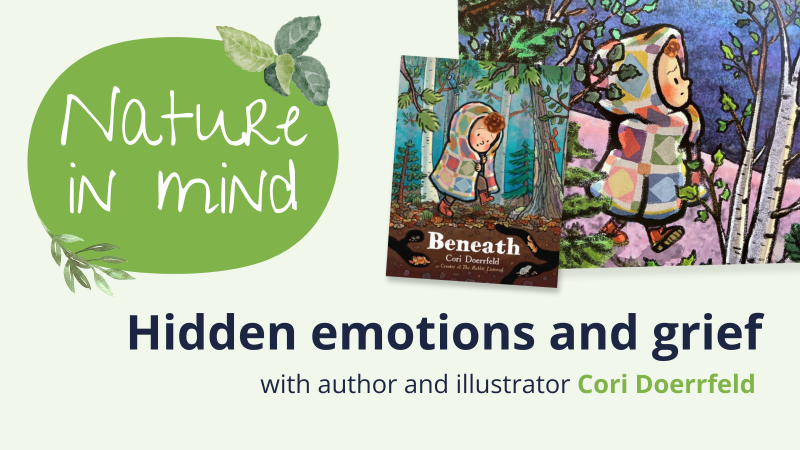
February 15th 2024
This week, our mini blog series Nature in mind takes a look at understanding our feelings through the natural world. Author and illustrator Cori Doerrfeld joins us to talk about navigating grief, and how connecting with and learning about nature has helped her mental wellbeing. Use our Q&A with Cori and our Let's Talk prompts below to inspire discussion in your own classroom or library about mental health and nature!
Our picture book spotlight shines on Cori Doerrfeld's recent release Beneath. It follows moody Finn and his patient granddad, who encourages Finn to talk about the things hidden beneath the surface, including emotions, during a walk in nature. This is a lovely title to use one-to-one with a pupil.
|
Is there anyone in your life that has helped you connect with nature, like Finn's Grandpa?When I was little, my grandma lived on a plot of land with a lake and a little wooded area. She loved to take me swimming in summer, and ice skating in winter. She always made nature feel magical and special. I believe it was these early experiences in nature that helped set it up as a space I still feel drawn to and comforted by. On the left, an illustration of Grandpa and Finn from Beneath. On the right, a picture of Cori and her grandma, during a summer swim. |
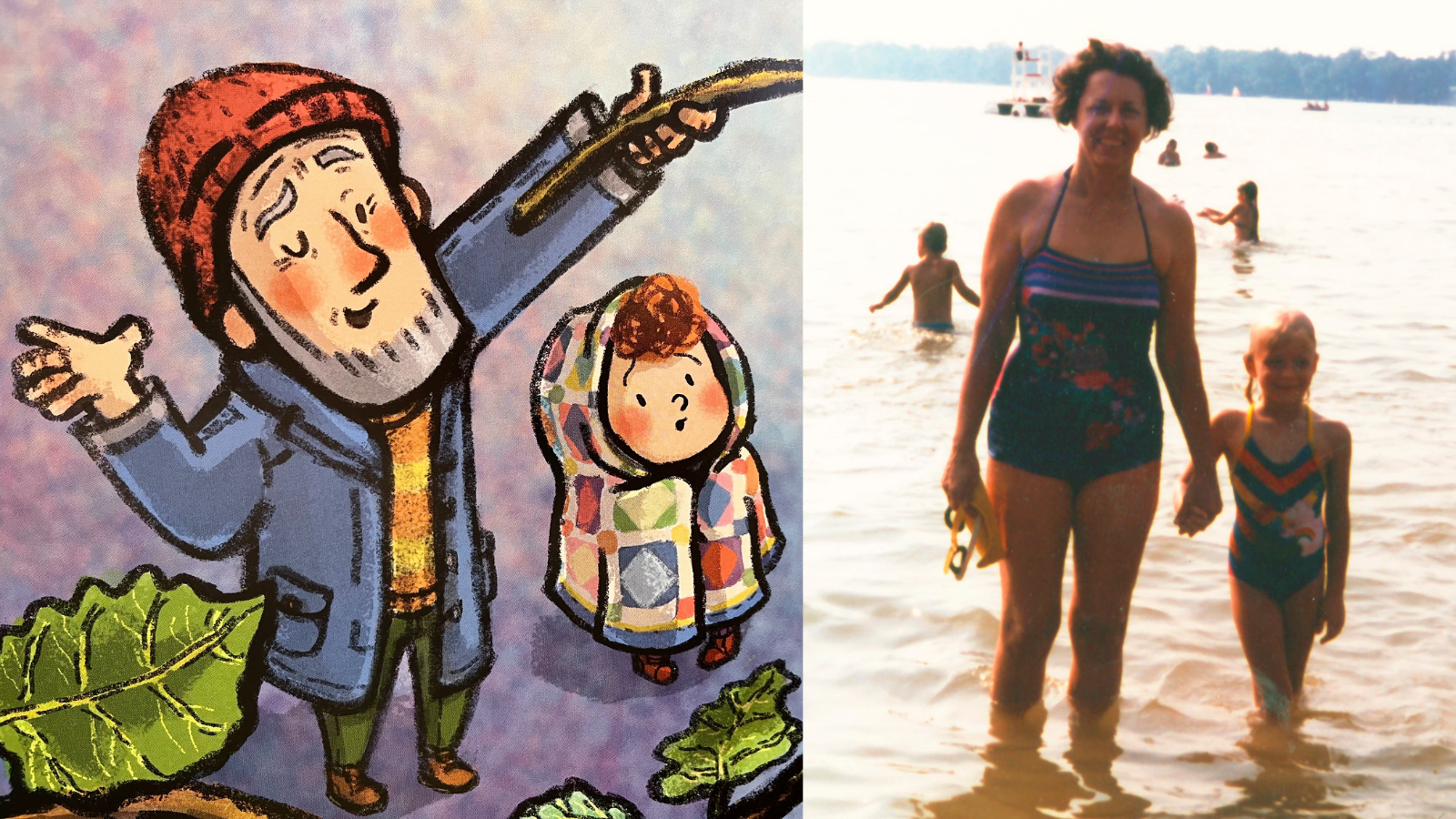 |
Why do you think young readers should look "beneath" when connecting with their peers? How might it help our own mental wellbeing?
I think it would be so helpful if both young and adult readers could learn to take a moment when they first want to judge or react to someone else. Use that moment to remember you can’t see the entire story. Everyone has troubles, fears, good and bad experiences. Doing this can foster both grace and tolerance for others.
It can also foster a personal connection that you are never alone. Finding the right someone to share your inner world with can help you process and understand emotions. Just like the mushrooms and the trees, letting others know what you need and recognizing what someone else might be missing, helps us all feel more happy, safe, and loved.
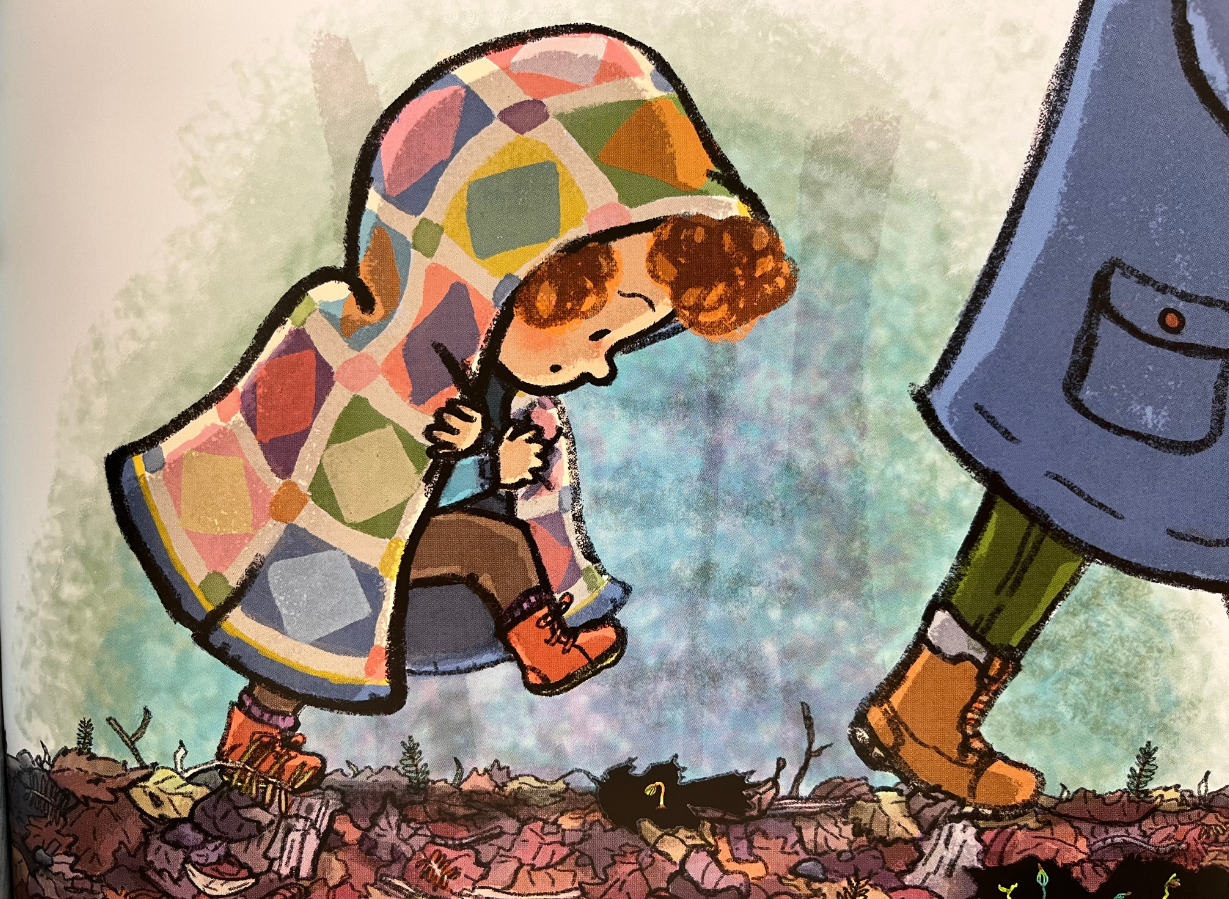 Illustration by Cori Doerrfeld. Take a moment today to think about what lies "beneath".
Illustration by Cori Doerrfeld. Take a moment today to think about what lies "beneath".
Ask your pupils if they have a loved one, or someone they admire, who helps them connect with nature.
As a class, make a list of actions you can take when you are in a bad mood. For example, going for a walk,
breathing exercises, cuddling your favourite toy.
Research a fun or surprising fact about nature and share it with a partner.
Carry on the conversation about understanding emotions and grief with these recommendations:
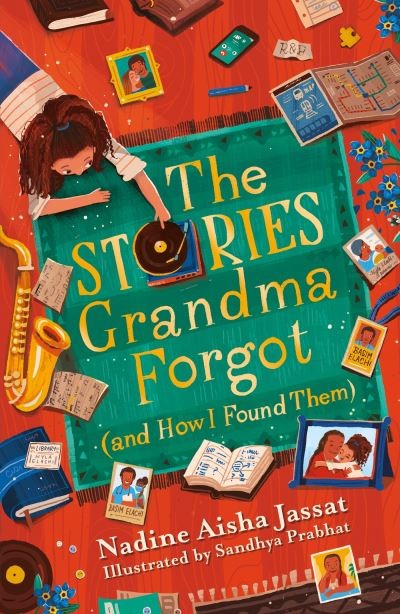 |
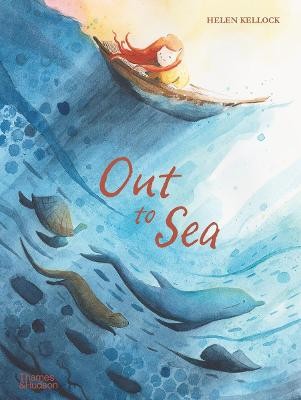 |
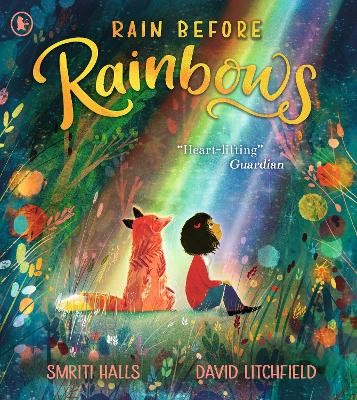 |
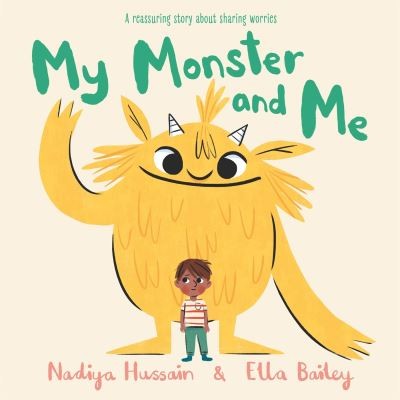 |
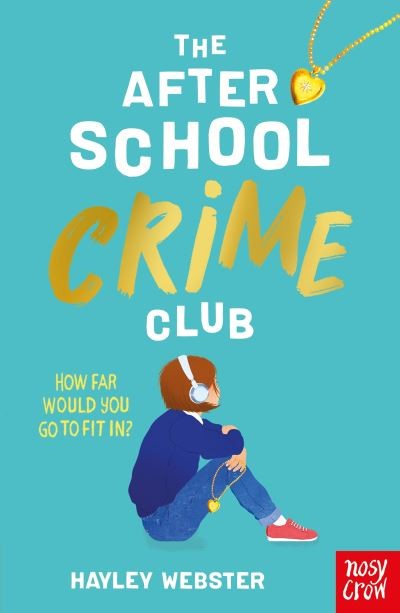 |
see all children's mental health recommendations |
📚 READ NEXT: NATURE IN MIND - ANIMALS AND MINDFULNESS IN A HORSE CALLED NOW

